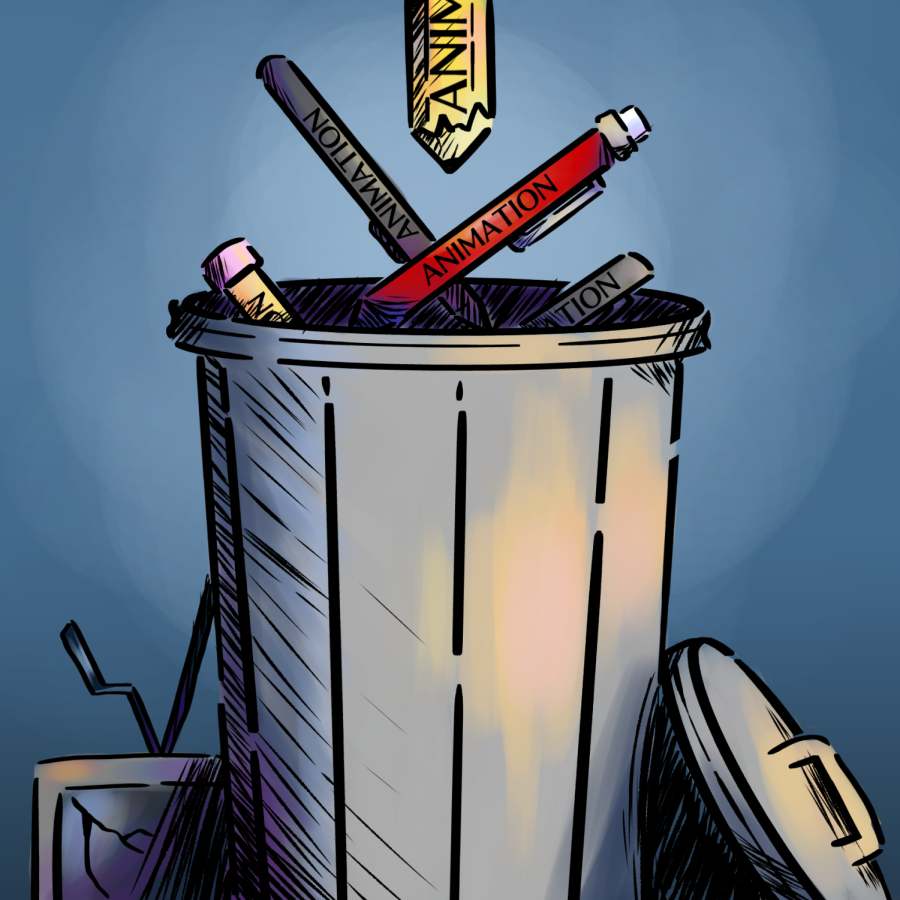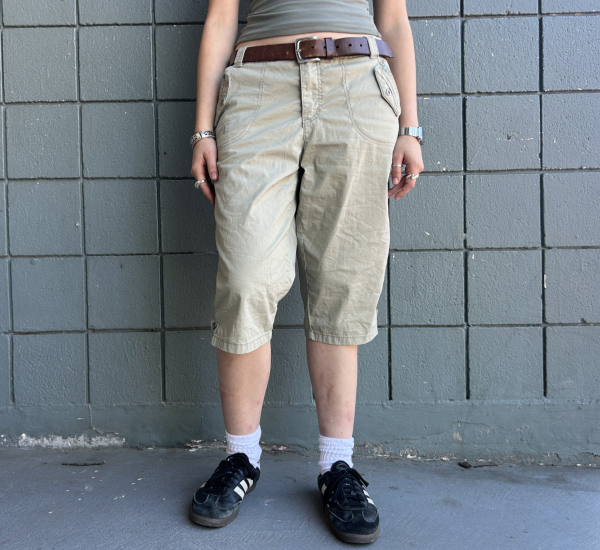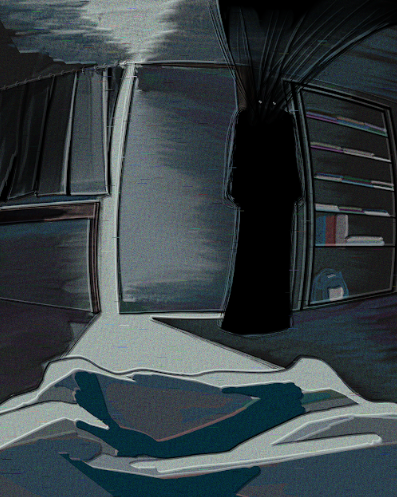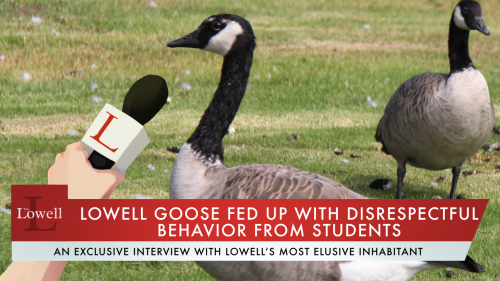The overlooked art of Western animation
I’m left in shock as the last episode of “The Owl House”’s season 2 ends and credits roll, the usual outro being replaced with a unique, somber one. My friend on call is in similar disbelief, but he’s actually voicing his worries. I, on the other hand, tuned him out. I was left wondering how the show got to that point in the story. The first season starts off with a lighthearted tone, but quickly breaks the mold as later seasons explore darker topics, such as: abuse, grief, and ableism. This maturity drew me and others to this show, its subversion of what animated shows normally discuss created a satisfying blend that feels real. But before I can muddle over more, my friend finishes his rant and interjects, asking, “I wonder when the next season’s coming out?” Curious myself, I typed my question into the search bar and hit “enter”, only for my lip to drop in a frown. The final season’s usual 22-episode treatment was cut in favor of three 50-minute specials.
This news left a sour taste in my mouth. It was another instance of Western animation being undervalued and screwed over by corporations.
Western animation without explicit themes are written off as childish, despite having the ability to convey serious topics just as well as any other storytelling medium. Western animation is a broad term used to describe movies, shows, or short films produced from Western countries that use animation to tell a story. But specifically, I’m focusing on ones made for commercial consumption. The bulk of animation created with that in mind is aimed at kids (ages 5-12) but can extend into teenage audiences (ages 13-17). The catering toward younger demographics makes Western animation seem childish and silly, as opposed to other storytelling mediums.
This assumption affects those in animation directly. Animation writers, despite making a decent salary, are paid less than those who work in live-action. According to Variety, “Animation writers make a minimum of $2,064 per week, while [Writer’s Guild of America] weekly minimums range from $4,063 to $5,185.” This discrepancy was the result of the weaker Screen Cartoonist Guild negotiating instead of WGA, the latter having more saying power due to its focus on live-action writers. The only difference between the two occupations is what kind of project their efforts are going towards.
But this negative perception not only affects the animators’ paycheck but also what creative liberties they have to work with. The only time Western animation is viewed as mature, and subsequently achieves the most creative freedom, is when it contains explicit themes. This entails topics like drugs and sex, often manifesting as jokes or gags before being followed up by slapstick. Although comedy is something any story (animated or not) can incorporate, the problem is that they exclusively focus on it. These pieces of Western animation focus on said themes to the point where they have little substance to them. It’s something you consume in the background to shut your brain off, “junk food” animation if you will.
The general consensus I get when talking about most Western animation is that they’re all “for kids” and I’m “a bit too old to be watching shows like those”. But most of the time they don’t even recognize the media I’m talking about unless I bring up more mainstream animated series. I think “Family Guy” epitomizes such junk food shows, thanks to its style of pop culture and non-sequitur humor. Despite its low quality, the show has had a new season almost every year since 2005. “Family Guy” takes the art out of the art form and hogs the limelight from other titles. As a result, animation like this becomes the only frame of reference for the layman. In turn, the animator has less to work with in terms of funding and creativity.
Despite this, recent events show that animation might be getting the recognition it deserves. When new Disney management swung its axe at “The Owl House” for its departure from the company’s safe zone of tame subject matter and episodic show structure, fans were outraged and willing to demonstrate how much they really love the show. With the airing of the first episode in the (now shortened) third season of “The Owl House” the viewership on Youtube and cable, as well as the attendance at their first and last NYC Comic-Con panel, easily surpassing anything Disney had expected. Their reaction was one of regret, according to show creator Dana Terrace. “‘Oh no,’ the show is actually successful,’” is how Terrace characterized Disney’s response in a CT Insider interview. This turn in numbers even urged the company to allow the animators to extend the remaining 2 episodes from 44 to 55 minutes.
With a new wave of vocal people appreciating Western animation that breaks stereotypes of what it’s supposed to be, I really think Western animation can be celebrated for the unique stories it can tell. This form of animation becomes more than a medium that is strictly childish or overly comedic. But also an art that can express complex situations and emotions in its own way.

Charon is an illustrator in their senior year. They are non-binary and use they/them pronouns. Usually just a homebody with a love of the post-apocalypse and wild west genres. As well as an eye for collecting charms, pins, patches, and other knick-knacks. Currently hemiplegic and recovering from a stroke.





